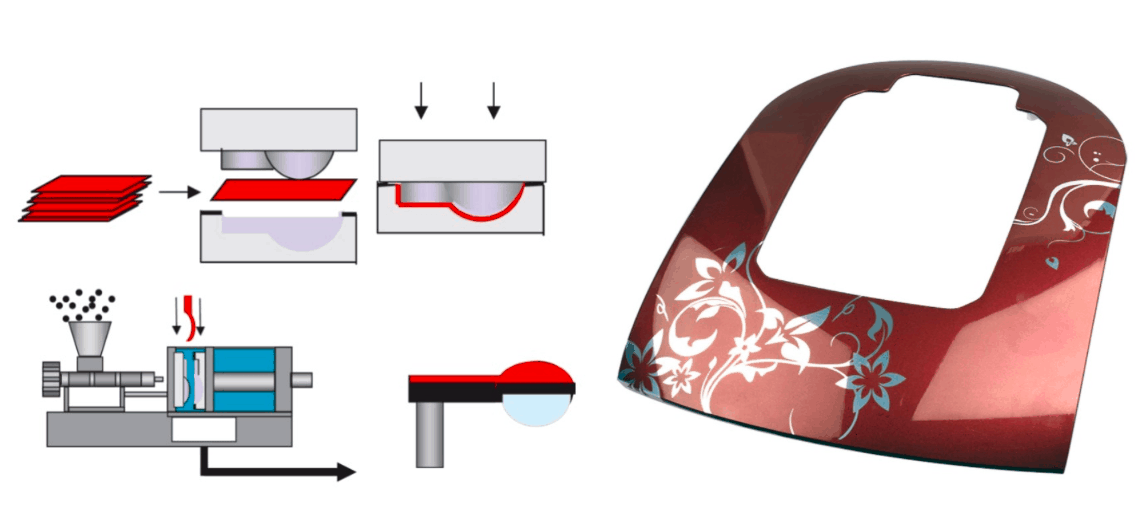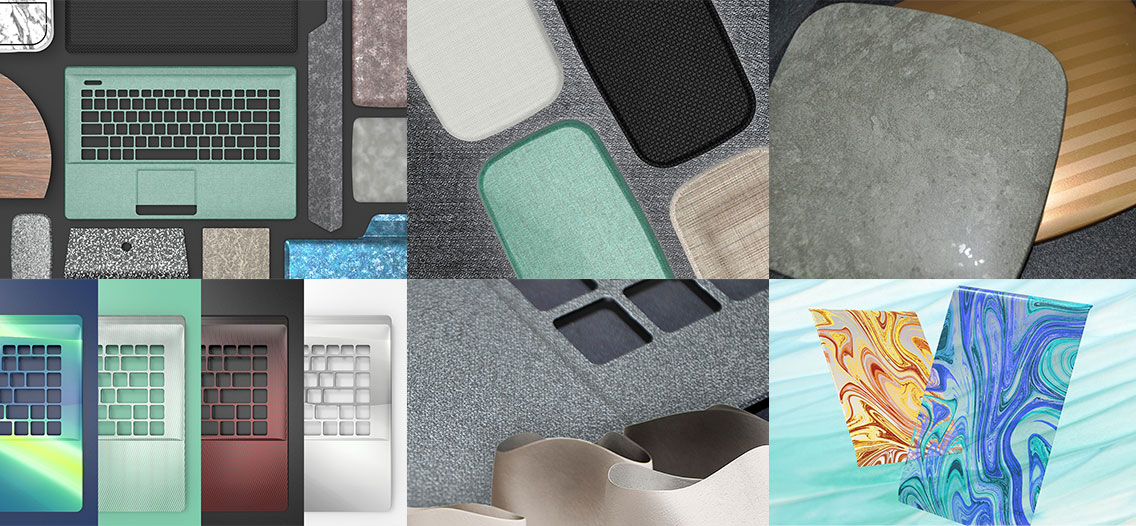Mastering In-Mold Decorations: Approaches, Patterns, and Ideal Practices for Optimum Outcomes
In the world of manufacturing, the art of in-mold decors stands as an essential facet of item design and production. As markets constantly look for cutting-edge methods to boost visual allure and functionality, grasping the intricacies of in-mold designs has actually become a crucial ability collection. From selecting the appropriate materials to including advanced layout patterns, the trip towards attaining ideal cause this domain name is multifaceted. By diving right into the approaches, trends, and best techniques that underpin successful in-mold decor procedures, companies can open a world of opportunities that not only boost the aesthetic appeal of their products however likewise streamline manufacturing efficiency and strengthen consumer interaction.
Material Choice
Product option is a crucial facet of understanding in-mold designs, as it straight affects the top quality and resilience of the end product. When selecting materials for in-mold designs, it is essential to think about elements such as compatibility with the molding procedure, the preferred visual result, and the environmental conditions the product will certainly deal with. Thermoplastic materials like polycarbonate, polypropylene, and abs are generally made use of for in-mold designs due to their versatility and capacity to accomplish elaborate designs. These products provide exceptional moldability, enabling suppliers to produce complex forms and patterns with precision.
In addition, products with high warmth resistance are preferred for in-mold decorations, especially for products that will be subjected to elevated temperatures throughout their lifecycle. By very carefully picking the proper material for in-mold designs, suppliers can boost the total top quality and durability of their products, meeting the assumptions of both end-users and customers - In-Mold Decorations.
Design Innovation
A necessary variable in progressing the area of in-mold decors is the continual expedition and execution of layout development techniques. Design innovation plays an essential role in enhancing the visual appeal, capability, and overall top quality of items produced utilizing in-mold design procedures. By integrating ingenious style elements, manufacturers can distinguish their items in the marketplace, attract consumers, and stay ahead of competitors.
One of the crucial aspects of style technology in in-mold decorations is the assimilation of elaborate patterns, structures, and graphics that were formerly testing to accomplish with typical design techniques. Advanced technologies such as 3D printing and digital design devices enable designers to create complex and comprehensive styles that can be effortlessly transferred onto shaped components. In addition, making use of lively shades, metal finishes, and special impacts like gloss or matte structures can better raise the visual charm of in-mold embellished items.
Furthermore, style innovation extends beyond looks to include useful improvements such as ergonomic shapes, incorporated attributes, and adjustable components that satisfy particular user needs. By accepting style technology, makers can open new possibilities for personalization, creative thinking, and product differentiation in the affordable landscape of in-mold designs.
Manufacturing Efficiency
Reliable production processes are websites necessary for equating the innovative layouts developed in the field of in-mold decorations right into top quality completed items that fulfill market needs and customer expectations. In the world of in-mold decors, production performance incorporates different crucial aspects that add to the total success of the production process. One crucial aspect is the optimization of mold and mildew layout and tooling to guarantee precise and smooth decoration transfer onto the final product. By fine-tuning mold configurations and buying top quality tooling products, producers can improve efficiency and consistency in production.
In addition, applying automation and robotics in the production line can considerably enhance efficiency by enhancing repetitive tasks and decreasing the margin of error. Automation not just increases the manufacturing procedure however also enhances accuracy and repeatability, leading to a more top quality and consistent output. Additionally, adopting lean production principles, such as just-in-time supply monitoring and waste reduction approaches, can additionally boost manufacturing efficiency by minimizing downtime and optimizing resource application. In general, an alternative strategy to manufacturing effectiveness is paramount in optimizing the possibility of in-mold design methods and achieving optimum lead to the affordable market landscape.
Quality Assurance Measures
What are the key strategies for making certain rigid high look at here now quality control actions in the realm of in-mold decorations? Quality control steps are vital in in-mold design processes to ensure the production of flawless and high-grade ended up products.
Making use of advanced technologies such as computerized inspection systems can additionally enhance the quality assurance process by providing reputable and exact data for analysis. These systems can spot flaws that may be missed out on by hand-operated inspections, therefore boosting general item high quality and consistency.

Routine training and development programs for staff members associated with the in-mold design procedure can also add to preserving high-grade requirements. By educating personnel on ideal techniques, high quality assumptions, and the value of attention to detail, companies can cultivate a society of high quality consciousness throughout the organization.
Customer Allure
To enhance the bankability of in-mold decoration items, understanding and providing to customer preferences play an important function in identifying their charm and success. Using modification options such as customized designs, shade variants, and textural aspects can considerably improve the charm of in-mold decoration items.

Verdict
In-mold decors use a efficient and functional way to improve item aesthetics. Understanding in-mold decors calls for a navigate here holistic method that thinks about all elements of the manufacturing process to guarantee success.
In the realm of manufacturing, the art of in-mold designs stands as a pivotal aspect of item design and production. Layout technology plays a crucial duty in enhancing the visual allure, functionality, and general high quality of items produced utilizing in-mold design procedures.One of the crucial facets of design development in in-mold decorations is the assimilation of elaborate patterns, textures, and graphics that were formerly challenging to attain with conventional decor methods.Efficient production procedures are essential for converting the innovative designs created in the field of in-mold decorations into premium finished products that fulfill market needs and consumer expectations. Supplying modification alternatives such as customized designs, shade variations, and textural aspects can dramatically enhance the appeal of in-mold decor products.